Operating Cost of Amps and Watts?
aceh
12 years ago
Related Stories
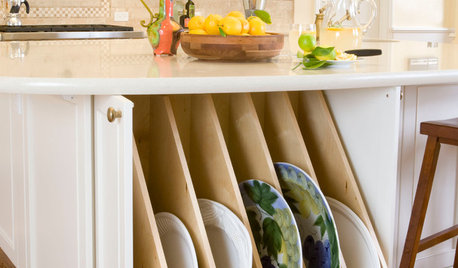
KITCHEN DESIGNKitchen Confidential: Amp Up Your Storage With Pullouts
See 12 types of cabinet pullouts that make your cooking and cleaning items easier to find and use
Full Story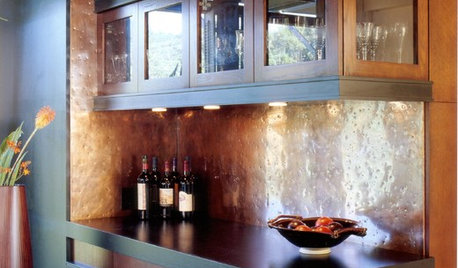
DECORATING GUIDES7 Great Places for a Hammered Metal Finish
Amp up the character in your kitchen (or any room, really) with the gorgeous texture and artful look of hammered metal
Full Story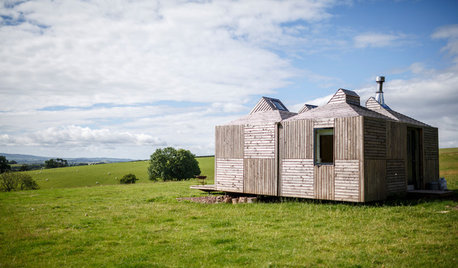
VACATION HOMESHouzz Tour: Scottish Farm Cottage Looks to Sun and Stars
A sheep field is home to a small, energy-efficient house that pulls ideas from mobile home design and raises the style level
Full Story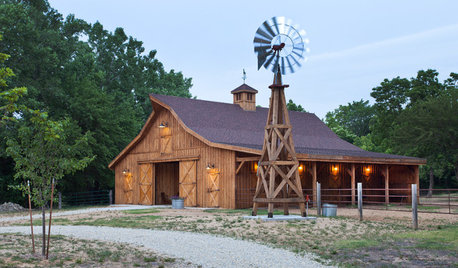
TRADITIONAL STYLEFarmhouse Style: Windmill Power Comes Around Again
Windmills helped win the West. Today these hardworking features are still winning our hearts
Full Story
5 Stunning Modern Range Hoods
Today's kitchen range hoods can look like sleek sculptures. Here's what to look for when you go shopping for one
Full Story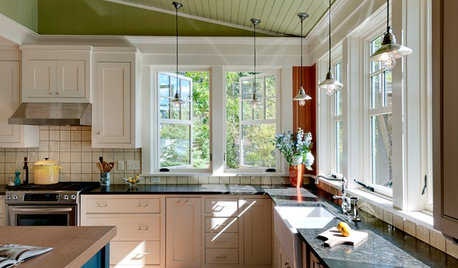
REMODELING GUIDESWhich Window for Your World?
The view and fresh air from your windows make a huge impact on the experience of being in your house
Full Story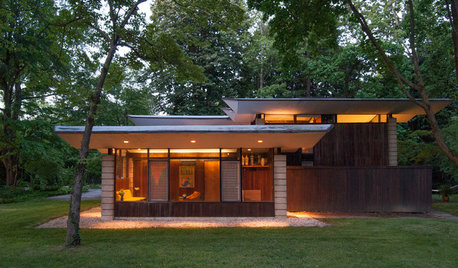
HOUZZ TOURSMy Houzz: A Paean to the 1950s and '60s in Pennsylvania
With vintage furniture, a sunken den and pristine original details, this home is a true homage to midcentury style
Full Story
GREEN BUILDINGWhat's LEED All About, Anyway?
If you're looking for a sustainable, energy-efficient home, look into LEED certification. Learn about the program and its rating system here
Full Story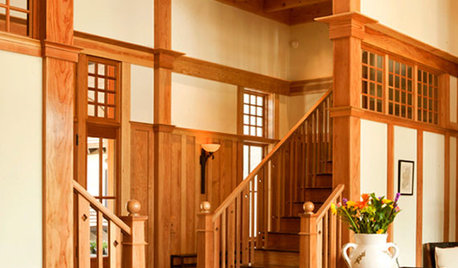
DECORATING GUIDESSo Your Style Is: Arts and Crafts
With a dual focus on nature and craftsmanship, Arts and Crafts home interiors have a wholesome, organic appeal
Full Story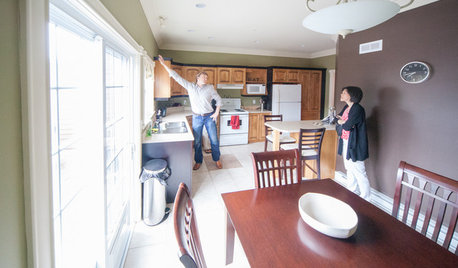
HOUZZ TOURSMy Houzz: Harbor Views Enrich a Newfoundland Townhouse
Bigger windows in this brownstone bring in ocean sights, but more features for entertaining are just as much a draw
Full Story







brickeyee
acehOriginal Author
Related Professionals
Eagan General Contractors · Bowling Green General Contractors · Clinton General Contractors · Endicott General Contractors · Lakewood General Contractors · Pico Rivera General Contractors · Post Falls General Contractors · Rossmoor General Contractors · Benicia Solar Energy Systems · Downey Solar Energy Systems · Palo Alto Solar Energy Systems · Kissimmee Home Automation & Home Media · Melrose Home Automation & Home Media · Pine Hills Home Automation & Home Media · St. Johns Home Automation & Home Mediakudzu9
yosemitebill
acehOriginal Author
weedmeister
acehOriginal Author
acehOriginal Author
brickeyee
acehOriginal Author
brickeyee
weedmeister
acehOriginal Author
Billl
acehOriginal Author
acehOriginal Author
brickeyee
acehOriginal Author